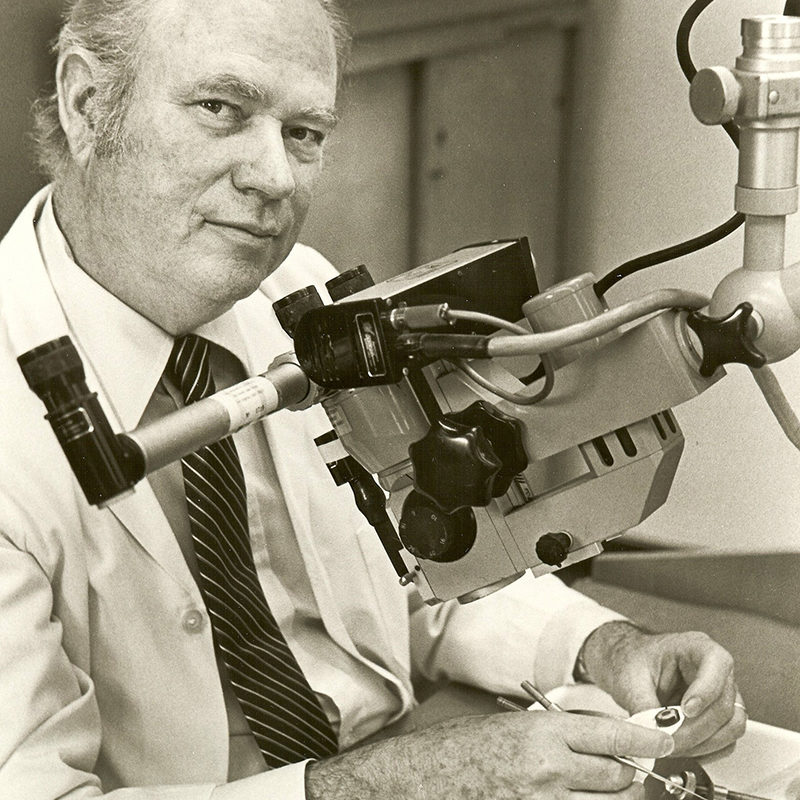
Dr. William F. House, a medical researcher who braved skepticism to invent the cochlear implant, an electronic device considered to be the first to restore a human sense, died on Dec. 7 at his home in Aurora, Ore. He was 89.
The cause was metastatic melanoma, his daughter, Karen House, said.
Dr. House pushed against conventional thinking throughout his career. Over the objections of some, he introduced the surgical microscope to ear surgery. Tackling a form of vertigo that doctors had believed was psychosomatic, he developed a surgical procedure that enabled the first American in space to travel to the moon. Peering at the bones of the inner ear, he found enrapturing beauty.
Even after his ear-implant device had largely been supplanted by more sophisticated, and more expensive, devices, Dr. House remained convinced of his own version’s utility and advocated that it be used to help the world’s poor.
Today, more than 200,000 people in the world have inner-ear implants, a third of them in the United States. A majority of young deaf children receive them, and most people with the implants learn to understand speech with no visual help.
Hearing aids amplify sound to help the hearing-impaired. But many deaf people cannot hear at all because sound cannot be transmitted to their brains, however much it is amplified. This is because the delicate hair cells that line the cochlea, the liquid-filled spiral cavity of the inner ear, are damaged. When healthy, these hairs — more than 15,000 altogether — translate mechanical vibrations produced by sound into electrical signals and deliver them to the auditory nerve.
Dr. House’s cochlear implant electronically translated sound into mechanical vibrations. His initial device, implanted in 1961, was eventually rejected by the body. But after refining its materials, he created a long-lasting version and implanted it in 1969.
More than a decade would pass before the Food and Drug Administration approved the cochlear implant, but when it did, in 1984, Mark Novitch, the agency’s deputy commissioner, said, “For the first time a device can, to a degree, replace an organ of the human senses.”
One of Dr. House’s early implant patients, from an experimental trial, wrote to him in 1981 saying, “I no longer live in a world of soundless movement and voiceless faces.”
For the full remembrance in the New York Times, click here.
For more images, visit the House Research Institute website at houseresearch.org/stories/articles/william_house.html.
